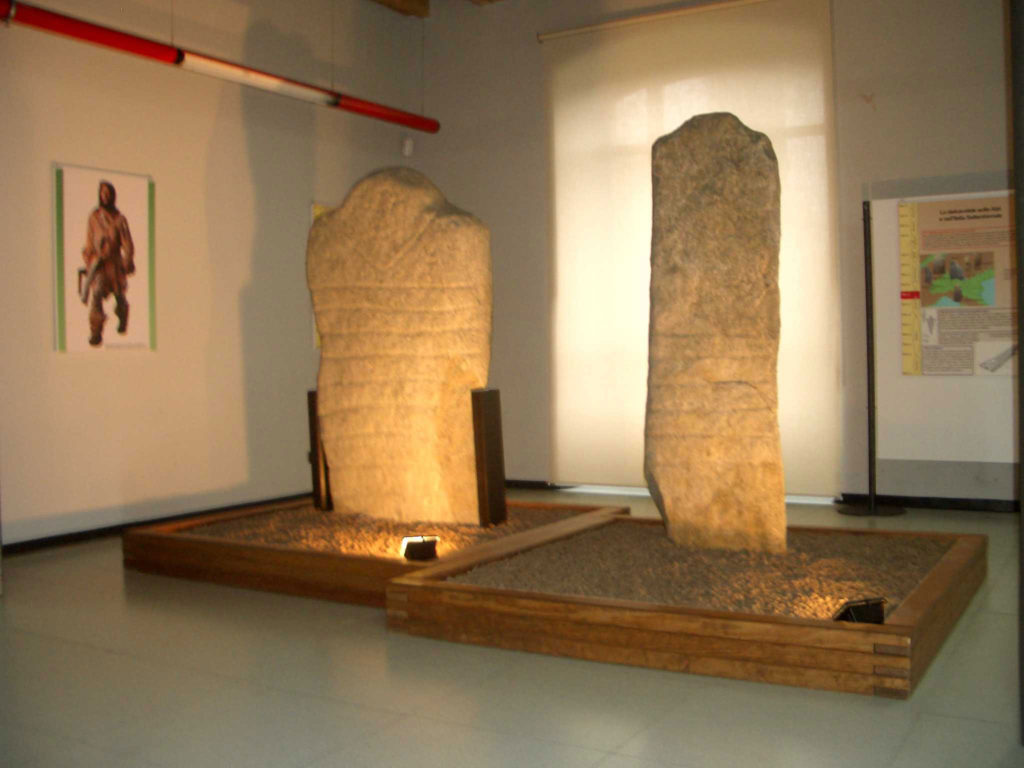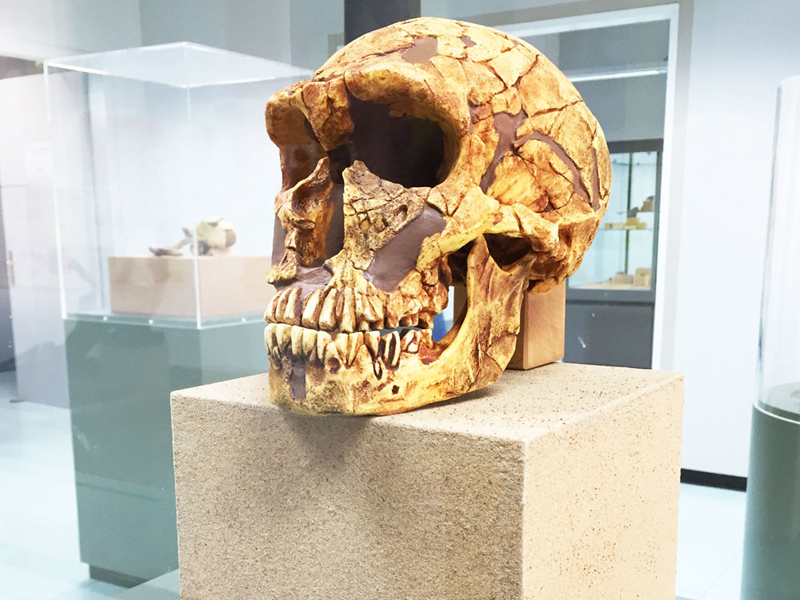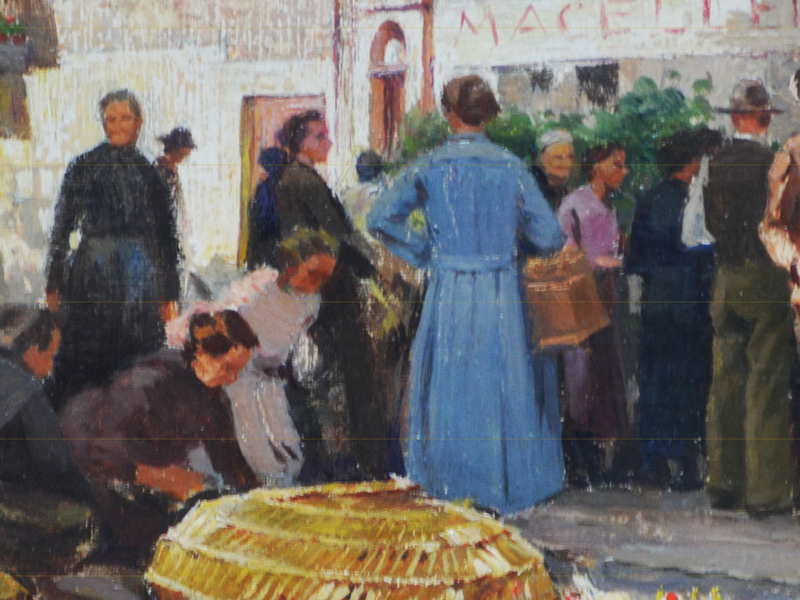Musei Cesma
– Museo Archeologico del Canavese
– Galleria d’arte Moderna del Canavese

Musei Cesma
Del Canavese
Il Museo Archeologico del Canavese nasce sulla base di una lunga tradizione di ricerche a carattere territoriale e si propone come museo territoriale dell’area canavesana, con collezioni dalla preistoria al medioevo.
Ricca è l’offerta di esposizioni temporanee come ad esempio la mostra “I Modi dell’Eros – reperti archeologici a tema erotico”.


Galleria
Del Canavese
La Galleria d’arte Moderna e Contemporanea del Canavese, allestita all’interno dell’ex Manifattura di Cuorgné, è dedicata al pittore, giornalista e caricaturista cuorgnatese Carlin Bergoglio.
La galleria raccoglie una ricca collezione di dipinti e caricature.
Guarda le nostre offerte formative
Investiamo
sul tuo futuro!
Con i corsi gratuiti Cesma puoi specializzarti in una professione e avere più possibilità di inserimento nel mondo del lavoro. Specializzati nel campo del Restauro Architettonico o del Turismo!
Scarica la nostra APP
CESMA FORMAZIONE E CULTURA • Via Ivrea, 100 • 10082 Cuorgnè (TO) • Italy Tel/Fax: +39 0124 651799 • info@cesmaonline.org • Privacy e Cookie Policy • IVA 06029060016